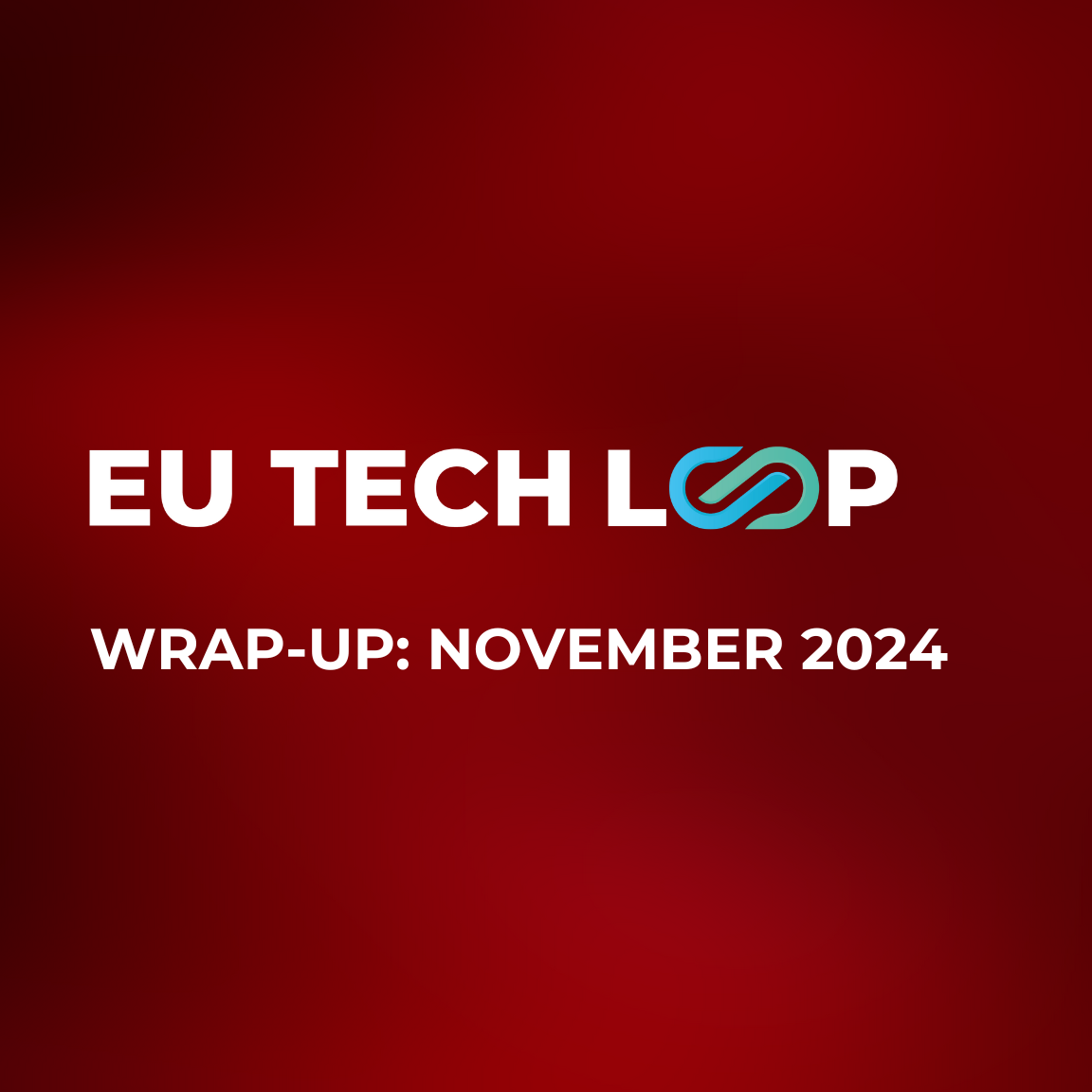EU Tech Loop wrap-up: November 2024
In this month’s EU Tech Loop wrap-up we dive into the EU's digital future: the EU Commission’s tech agenda, Digital Networks Act, Ukraine’s e-gov lessons, AI sandbox progress, BRICS digital sovereignty, EU red tape cuts, and EU-US tech ties.
Welcome to this month's edition of the EU Tech Loop wrap-up! This month, we explored the major topics shaping Europe’s digital future: from the new EU Commission’s tech agenda and the Digital Networks Act to lessons from Ukraine’s e-government successes, the state of AI regulatory sandboxes, BRICS digital sovereignty plans, the EU's efforts to cut red tape, and the window of opportunity for EU-US tech cooperation. Dive in!
The new European Commission's leadership
Letter to Henna Virkkunen in anticipation of Parliament hearings next week
In a recent open letter to Henna Virkkunen, Vice-President for Technological Sovereignty, Security, and Democracy, the Consumer Choice Center Europe (CCCE) emphasized the need to balance regulatory measures with opportunities for economic growth. CCCE urged the Vice-President to focus not only on protecting consumers but also on fostering their access to cutting-edge technologies. The letter also highlighted the importance of reducing administrative burdens to boost Europe's global competitiveness. Full article here.
Meet the next College of EU Commissioners: what’s the agenda for tech?
The new College of EU Commissioners, which began its work on December 1, 2024, is strongly focused on technology, innovation, and security. A while ago, the commissioners received mission letters from President Ursula von der Leyen, emphasizing these priorities. In this article, we review the tech and telecom-relevant agenda points for Teresa Ribera Rodríguez, Henna Virkkunen, Stéphane Séjourné, Roxana Mînzatu, Valdis Dombrovskis, Jozef Síkela, Magnus Brunner, and Michael McGrath. Full article here.
Transatlantic tech cooperation
Post US election: let's not bury the future of transatlantic tech cooperation yet
We didn’t have to wait long after the U.S. presidential elections to hear European tech thought leaders call for greater digital sovereignty, speculate that the election outcome might drive American talent out of the U.S., and more. In this article, we argue that both the U.S. and the EU now have a unique opportunity to engage in a more constructive and less emotionally charged dialogue. With China leading discussions on BRICS’ digital sovereignty goals, robust cooperation between the EU and the U.S. is more critical than ever. Full article here.
BRICS in the global tech wall: will the US and EU hit the snooze button again?
The BRICS coalition has been actively pursuing digital sovereignty to reduce reliance on Western technology. Each member is advancing its own digital agenda, with a shared goal of shifting global tech dynamics and expanding influence, particularly in the Global South. In contrast, U.S. and EU policymakers remain preoccupied with debates over digital sovereignty and trade policies, potentially underestimating the strategic advancements of the BRICS nations. The article argues that the U.S. and EU must acknowledge and respond to these developments to safeguard their positions in the global tech landscape. Full article here.
Social media
Infinite scroll and auto-play unjustly under fire
The new Commission will be reviewing the Consumer Agenda 2025-2029, evaluating the impact of social media on young people's mental health and combatting addictive practices. The European Parliament has raised concerns that features like infinite scroll and auto-play on social media contribute to addiction and mental health issues. This article argues that bans on features like infinite scroll or autoplay could limit user choice, as many platforms already allow users to control these settings. It also notes that these features are standard business tools aimed at enhancing engagement. Full article here.
Red tape
The EU’s proposals do not match its words on tech overregulation
Mario Draghi’s competitiveness report and Ursula von der Leyen’s 2024–2029 political guidelines emphasize the urgent need for simplified rules and faster processes to help tech innovators in Europe. However, the EU Commission’s plans to address bureaucracy risk adding more layers. This article warns that cutting red tape requires decisive action and a commitment not to increase the regulatory burden further. The focus should be on reducing the time and resource costs of implementing existing regulations, ensuring that rules serve as a means to an end, not an end in themselves. Full article here.
Cutting red tape in the EU requires sharp(er) scissors
The European Commission has promised to reduce administrative burden, enhance interinstitutional cooperation, and improve regulation, but concerns remain about its ability to deliver. Henna Virkkunen, the new Vice-President, has taken a cautious approach, focusing on identifying areas for improvement before making ambitious commitments. In this article, we warn against superficial "red-tape-cut-washing" and emphasize the need for real, transparent regulatory reform involving diverse stakeholders and supporting the long-term growth of European businesses. Overregulation hinders companies and strains national administrations, potentially fueling populist opposition. Full article here.
5G, Digital Networks Act
Digital Networks Act, digital network fees & extending telco rules to digital services: what to expect in 2025?
Poland’s EU Council Presidency in 2025 will focus on the Digital Networks Act (DNA), aiming for a debate and progress report. Feedback on the EU’s digital infrastructure needs is divided: 54% critical, 30% supportive, and 14% neutral. Telecom companies highlight funding gaps for 5G rollout, while consumers emphasize affordability. A survey shows mixed opinions on who should ensure affordable services: 55% say telecom companies, 45% the government, and 43% tech companies, reflecting a need for clearer responsibility. Full article here.
5G rollout vs uptake in the EU: challenges ahead
The EU’s 5G strategy faces criticism for focusing on broader structural reforms while neglecting core issues in rollout and adoption. Discussions on easing merger rules, spectrum policy, and creating a level playing field for telecom and digital sectors are overshadowing the immediate challenges of limited consumer uptake and inadequate digital skills. Full article here.
Data & AI
New survey reveals: CEE startups want more urgent action from national regulators
A survey by the Consumer Choice Center Europe reveals that 55% of startups in Central and Eastern Europe find EU regulations like GDPR and the AI Act hinder operations, citing high compliance costs and complexity. Over 63% say innovation is stifled, with some considering relocation. Startups recommend clearer guidelines, a centralized compliance platform, and a fully integrated digital market to ease burdens and boost competitiveness. Full article here.
Europe’s AI regulatory sandboxes need improvement
The EU’s AI Act introduced regulatory sandboxes to support innovators by providing a controlled environment for compliance and testing. While promising, these sandboxes face challenges, including a lack of coordination that could create disparities across member states and a focus on small-scale providers and start-ups, which may limit broader participation. With most EU countries still in preparation mode, meeting the 2026 deadline for fully operational sandboxes will require significant effort. Full article here.
Europe can't achieve AI prosperity on the data of others
If European data isn't adequately available for training AI models, the resulting AI tools risk being inaccurate, unreliable, or based on poor-quality public data. To build AI solutions that meet consumer needs, more targeted guidance and flexibility are essential. The article argues that it's crucial to resist the influence of naysayers who might hinder progress, ensuring that Europe's AI innovation remains competitive and consumer-focused. Full article here.
E-gov practices to follow
What can the EU learn from Ukraine’s digital transformation?
Since the start of Russia's aggression, Ukraine's Ministry of Digital Transformation has set a global example with its e-government solutions that ensure service continuity and help boost innovation and digital transformation in the country. The EU can learn from several standout initiatives: the Diia super app for seamless e-government services, smart cloud strategies that protect digital infrastructure, a CDTO program to build an army of Chief Digital Transformation leaders, a territorial digital transformation index and more. Full article here.
If you like our work, support us by sharing the newsletter with your friends and colleagues! Click here to subscribe to our newsletter.
Find us on Linkedin, X and reach out to us at editor@eutechloop.com if you want to see your article published on EU Tech Loop!







